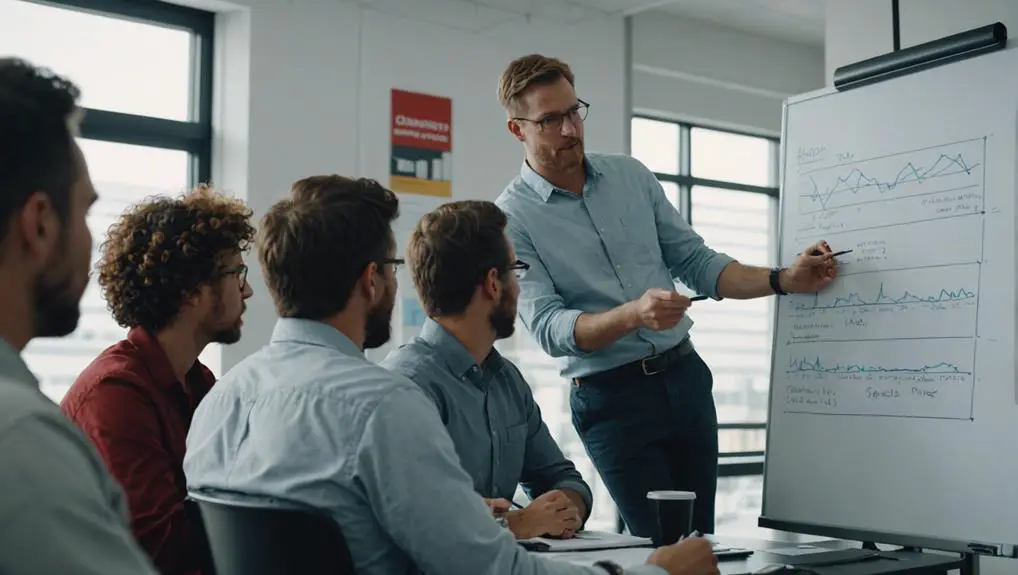In the realm of organizational change, the concept of fairness emerges as a pivotal factor that can make or break the success of transition efforts. When employees feel that processes and decision-making are fair, their engagement and trust levels soar, leading to a significant reduction in resistance to change initiatives. However, implementing fairness comes with its own set of challenges and complexities, prompting us to ponder what truly constitutes fair practices in diverse organizational settings. Delving into these intricacies may unearth crucial insights that could revolutionize how organizations approach change management. What are the underlying factors that shape perceptions of fairness, and how can we effectively address them?
Fairness serves as the bedrock of successful organizational change, profoundly impacting both the effectiveness of the transition and the overall employee experience. High levels of fairness perception play a pivotal role in mitigating resistance to change, creating an atmosphere where employees feel valued and respected. By implementing structured frameworks like the Consultant Catalyst Framework to enhance communication and support, organizations can further nurture a sense of fairness. When employees perceive fairness throughout the change process, they are more inclined to embrace new initiatives, fostering collaboration and commitment.
On the flip side, perceived injustices can breed disengagement and opposition, thwarting organizational objectives. Hence, it is imperative for leaders to prioritize fairness in all communication and decision-making endeavors.
In the landscape of organizational change, it is crucial to recognize the different types of fairness to cultivate a supportive environment conducive to change. These dimensions include Distributive Fairness, Procedural Fairness, Interpersonal Fairness, and Informational Fairness. Understanding and addressing these types of fairness can empower leaders to navigate change strategically, fostering employee engagement along the way.
To implement fairness effectively, organizations should adopt robust communication strategies that transparently outline decision-making processes and engage stakeholders in meaningful discussions before making changes. Surveys can be utilized to gauge staff concerns, ensuring that their voices are heard and valued. Training managers in fair interaction principles is also critical, as their behavior significantly influences perceptions of fairness.
Organizational change does not occur in isolation; it is influenced by a myriad of contextual factors that shape employee perceptions and responses. These factors include organizational history, leadership style, market conditions, and cultural dynamics. Understanding and addressing these influences are essential for fostering a sense of fairness during the change process.
Navigating the complexities of organizational change while ensuring fairness poses significant challenges. Organizations often grapple with perceived bias and varying equity perceptions that can erode trust. To tackle these challenges, implementing robust decision transparency and justice frameworks is imperative. Additionally, accountability measures and effective stakeholder involvement can help assuage fairness concerns. Effective communication plays a pivotal role in conveying decisions and their rationales, fostering a sense of inclusion.
Fairness serves as a cornerstone of employee engagement during organizational change, profoundly shaping how individuals perceive and respond to transitions. Transparent communication, inclusive decision-making, recognition of individual contributions, and supportive leadership are key elements that contribute to fostering a culture of collaboration and resilience amid change.
The interplay between perceptions of fairness and organizational outcomes is crucial in shaping employee behavior and overall performance during times of change. Organizations that prioritize transparency and equitable treatment during transitions not only cultivate a positive workplace culture but also enhance their capacity to adapt.
In conclusion, prioritizing fairness in organizational change endeavors is akin to conducting a symphony, ensuring that all participants move in harmony towards a shared goal. Just as a skilled conductor harmonizes diverse instruments, equitable processes and transparent communication create a symphony of engagement and trust. By prioritizing fairness, organizations can not only foster a collaborative environment but also orchestrate a transformative journey towards enriched organizational resilience and effectiveness.



